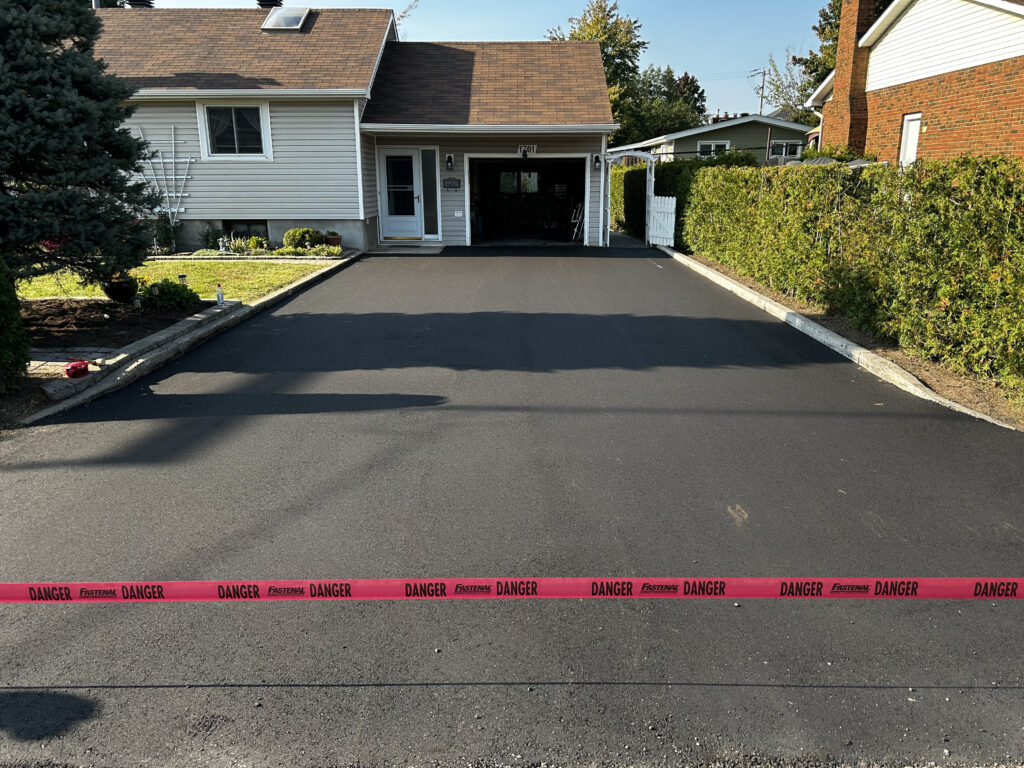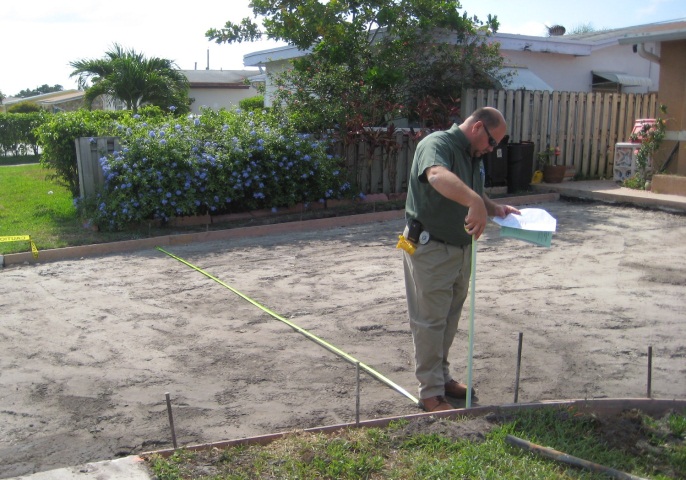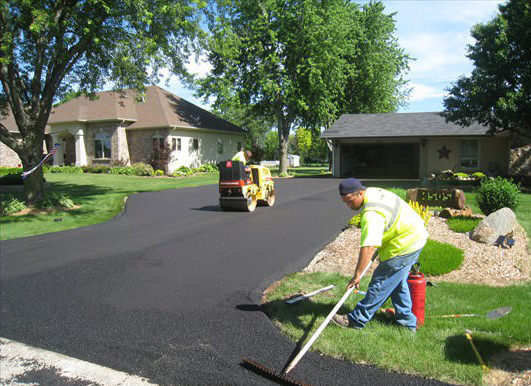The Driveway Paving Process: Transforming Your Home’s Entrance With A New Asphalt Driveway
Your driveway is not just a practical necessity; it’s a focal point that can significantly impact your home’s curb appeal. Over time, wear and tear can take a toll on your driveway, making it necessary to consider a replacement. In this blog post, we’ll take you through the steps of the driveway paving process, focusing on the transformation that occurs when replacing it with a sleek, durable asphalt surface.



